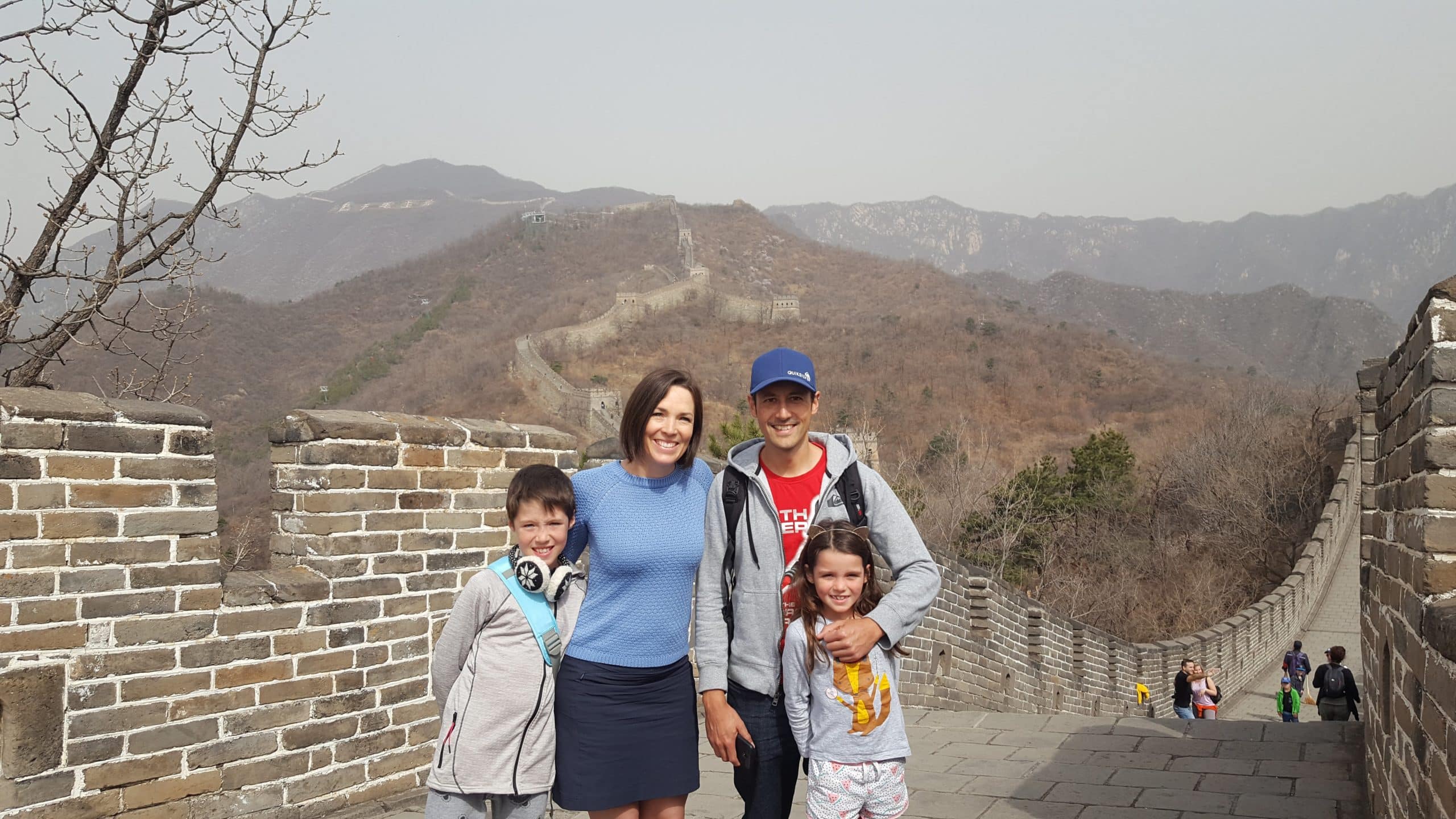What publishers can learn from Humans of New York
You’d be hard pressed to find someone who wasn’t familiar with the Humans of New York (HONY) photoblog. Over 18 million people worldwide like the Facebook page, and 8.7 million people follow the Instagram profile. So what is it that niche publishers can learn from the success of the HONY blog?

You’d be hard pressed to find someone who isn’t familiar with the Humans of New York (HONY) photoblog. Over 18 million people worldwide like the Facebook page, and 9.3 million people follow the Instagram profile. So what is it that niche publishers can learn from the success of the HONY blog?
Brandon Stanton began the Humans of New York blog in 2010 as a photography project, with the goal to photograph 10,000 New Yorkers on the street. On his blog, Stanton says “Somewhere along the way, I began to interview my subjects in addition to photographing them. And alongside their portraits, I'd include quotes and short stories from their lives.”
Over the past five years, the blog has expanded to include stories from over 20 countries, and two books have been produced based on the stories collected: Humans of New York and Humans of New York: Stories.
HONY is based on the premise that everyone has a unique experience to share, often focusing on a challenge or a trauma that has happened in the subjects’ lives and how they dealt with or overcame that challenge. And the popularity of the blog demonstrates that people, by their very nature, are interested in hearing about, connecting with and learning from others’ experiences.
Encouraging engagement through reader experience
Niche publishers - association-based, B2B or special interest - also have the scope to drive reader engagement through the sharing of personal stories from within their readership. Perhaps even more so than HONY based on the fact that niche audiences already share some sort of commonality, whether it be a shared interest, business endeavour, or industry membership.
Editorial features and interviews with a focus on storytelling are a great starting point in sharing the experiences of those that are willing to contribute.
The American Press Institute outlines eight tips on defining a storytelling approach, including profiles, narratives, descriptive/’a day in the life’, and visual approaches.
The most important aspect of these pieces is that they are written in a way that ‘heroes’ the interviewees’ voice and experience, and encourages the reader to relate to the story.
And, ideally, as with the HONY posts, the piece will tell the audience something they don’t already know about the interviewee; a particular challenge encountered and how they used their unique experiences to overcome it, or a new perspective/insight that others may benefit from.
Storytelling across platforms
Published in print, these pieces have the potential to be the most ear-marked in the magazine; published online they have the potential to drive comments, discussion and engagement, building and reinforcing your publication’s connection to its community.
Amassed, these interviews have the potential to form a special edition.
Recorded interview audio has the potential to form a podcast episode.
Interviewees with particularly engaging and interesting stories have the potential to become compelling speakers or on-stage interviews at events.
And while generating multiple options for content, a meaningful story has the potential to drive connection, trust and loyalty amongst a publication’s readership in a way that a lot of other content can’t - as HONY shows.
How do you share the stories of your readership? Tell us in the comments below.



